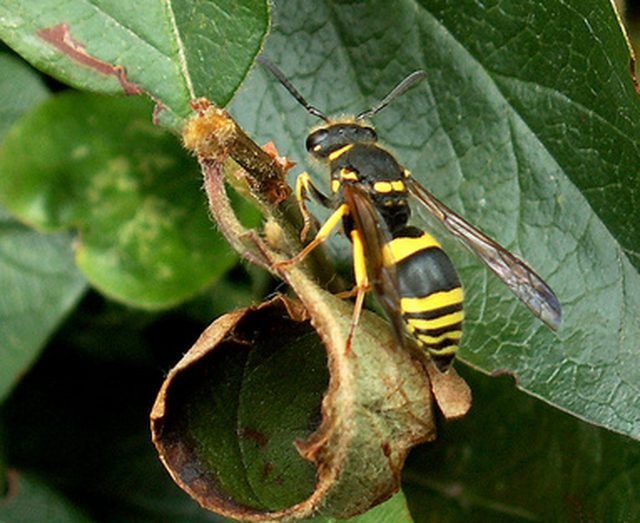Bulbs
Flower Basics
Flower Beds & Specialty Gardens
Flower Garden
Garden Furniture
Garden Gnomes
Garden Seeds
Garden Sheds
Garden Statues
Garden Tools & Supplies
Gardening Basics
Green & Organic
Groundcovers & Vines
Growing Annuals
Growing Basil
Growing Beans
Growing Berries
Growing Blueberries
Growing Cactus
Growing Corn
Growing Cotton
Growing Edibles
Growing Flowers
Growing Garlic
Growing Grapes
Growing Grass
Growing Herbs
Growing Jasmine
Growing Mint
Growing Mushrooms
Orchids
Growing Peanuts
Growing Perennials
Growing Plants
Growing Rosemary
Growing Roses
Growing Strawberries
Growing Sunflowers
Growing Thyme
Growing Tomatoes
Growing Tulips
Growing Vegetables
Herb Basics
Herb Garden
Indoor Growing
Landscaping Basics
Landscaping Patios
Landscaping Plants
Landscaping Shrubs
Landscaping Trees
Landscaping Walks & Pathways
Lawn Basics
Lawn Maintenance
Lawn Mowers
Lawn Ornaments
Lawn Planting
Lawn Tools
Outdoor Growing
Overall Landscape Planning
Pests, Weeds & Problems
Plant Basics
Rock Garden
Rose Garden
Shrubs
Soil
Specialty Gardens
Trees
Vegetable Garden
Yard Maintenance
Why Are Bees Attracted to Porch Lights?
Why Are Bees Attracted to Porch Lights?. Most people have seen bees buzzing around a porch light at night. Bees and their relations often conjure up thoughts of painful stings, but before you attack with a pesticide, remember that these insects are among the most beneficial bugs known to humankind. Without these pollinators to ensure the...

Most people have seen bees buzzing around a porch light at night. Bees and their relations often conjure up thoughts of painful stings, but before you attack with a pesticide, remember that these insects are among the most beneficial bugs known to humankind. Without these pollinators to ensure the propagation of flowers and fruits, our planet would be a hostile place.
Identification
Honeybees and yellow jackets are both part of the large insect order Hymenoptera. While bees and wasps may belong to the same family, they differ in important ways that make it easy to tell them apart. The expression "wasp waist" comes from the fact that wasps have a narrowing in the center of their body where the abdomen attaches to the thorax. Bees are rounded without this "waistline."

Distribution
More than 25,000 species of bees have been identified. They are located in every country, on every continent, wherever plants and pollen can be found. Many of these stinging insects live in organized colonies with a division of labor. Some insects live in hives that persist for decades, while others start from scratch each year.
Benefits
Honeybees are among the most appreciated animals in the Hymenoptera family, producing about 200 million pounds of honey each year in the United States. Wasps and hornets are also useful as they feed their young undesirable bugs, while myriad species of small wasps prey on destructive insects. Most important is the role of the "stinging insect" family as pollinators of flowering plants, including fruits and vegetables.
Attraction to Light
Bees and wasps are attracted to light--including a porch light if they are out of the hive when it is illuminated. While bees usually do not fly at night, if a predator has disturbed the hive, they might come out and head for the porch light. Because wasps tend to fly later in the evening than bees, the insects buzzing about the light are more likely to be wasps.
Prevention/Solution
Although the stings of bees and wasps can be painful, they are rarely a threat to human life. Most of the 50 to 100 people who die annually from stings are allergic to venom. Emergency epinephrine injection kits are available by medical prescription. Limit the risk of getting stung by leaving these insects alone.